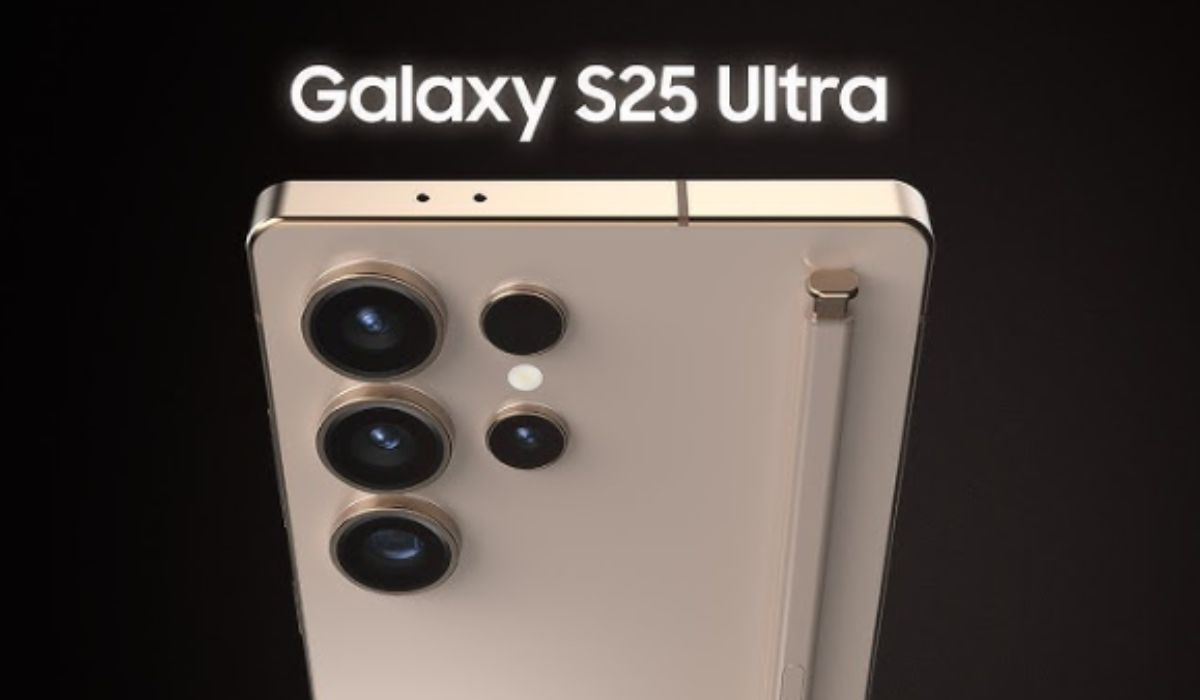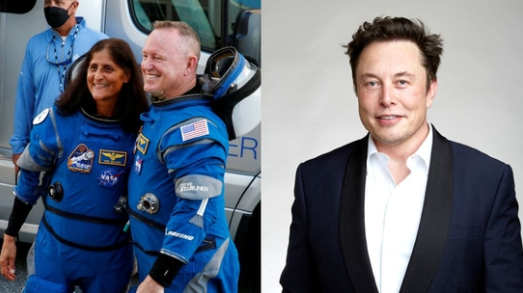If you own an Android smartphone and have been using Google Gemini, there’s great news for you. Google has introduced an exciting new feature that lets you convert your regular photos into stunning, dynamic videos within just a few minutes. And the best part? These videos come with audio, making them even more immersive and life-like.
According to Google’s official blog post, this innovative feature is powered by their advanced video generation model known as Veo 3. This model doesn’t just animate your photos — it literally breathes life into them. Whether it’s a simple painting, a breathtaking nature shot, or even a casual photo of everyday objects, Veo 3 can transform them into moving, living visuals. Imagine seeing clouds drift across the sky in your landscape shot, or birds gracefully flying in a static photo. That’s exactly the level of magic Google Gemini now brings to your fingertips.
How to Turn Your Photo Into a Video in Just 3 Simple Steps
1. Open Gemini and tap on the ‘+’ icon
Start by opening the Google Gemini app on your Android device. Once inside the app, look towards the bottom of your screen — there you’ll find a ‘+’ button. Tap this icon to begin the process. Now, select any photo from your gallery or capture a new one that you wish to animate. This first step is all about selecting the image you want to turn into a lively video.
2. Describe what you want the photo to do
After uploading the photo, you’ll notice a text box below it. Here’s where the real creativity starts! You need to type a prompt describing the action or animation you want to see in the video. For example, if you uploaded a photo of a cat, you might write: “Make the cat jump in surprise after seeing a mouse.” Or, if it’s a scenic picture of a cloudy sky, you might say: “Make the clouds slowly move while birds fly across the sky.”
The possibilities are endless. Your imagination is the only limit. By giving a specific prompt, Gemini understands what kind of animation or motion effect you expect. This makes the output highly customized and personal, reflecting exactly what you envisioned.
3. Tap ‘Send’ and wait for your video to be created
Once you’ve finalized your prompt, simply press the ‘Send’ button. Now, sit back and relax while Google Gemini works its magic. The AI model processes your request, analyzes the image, interprets your prompt, and starts animating accordingly.
Usually, it takes about 1–2 minutes for Gemini to generate an 8-second long video in 720p HD resolution. When it’s ready, you can download it directly to your device or share it on your favorite social media platforms. This ease of sharing makes it perfect for creating eye-catching Instagram reels, TikTok videos, or even fun WhatsApp status updates.
What Does The Final Video Look Like?
The generated video comes in a 16:9 aspect ratio, which is ideal for most social media and viewing screens. The video is delivered in MP4 format, making it widely compatible with almost every device and platform.
One of the important things to note is that every video carries a clearly visible watermark that mentions it is AI-generated. Additionally, there’s an invisible SynthID digital watermark embedded in each video. This digital signature ensures that the video can be identified as AI-created content even if someone tries to remove or alter the visible watermark. This step by Google shows its commitment to responsible AI use and transparency, helping viewers distinguish between real and AI-generated content.
Availability of this new feature
Currently, this exciting feature is being rolled out exclusively for Google AI Pro and Ultra subscribers. The rollout started on July 11 and is gradually becoming available in selected countries. So, if you don’t see this option in your Gemini app right now, don’t worry — it might take some time before it reaches your region.
This staggered rollout strategy ensures that Google can monitor the performance and feedback closely, gradually fine-tuning the experience before it becomes universally available. For now, users are encouraged to keep their apps updated and check regularly for the new feature.
Why this is a big deal for creators and casual users alike
The introduction of this feature represents a major leap forward in creative tools for both professional content creators and everyday users. Before this, making even a short animation from a single photo required advanced software, design skills, and significant time investment. Now, with Google Gemini’s photo-to-video tool, anyone can animate their memories and ideas without any technical know-how.
Artists and designers can use this tool to add new life to their portfolios or pitch ideas to clients in a more dynamic way. Social media influencers can surprise their audience with unique content that stands out in crowded feeds. Even casual users can have fun experimenting with old photos, turning static family pictures into lively moments, or transforming vacation snapshots into dreamy video postcards.
Moreover, the audio addition takes the experience to another level. Instead of a silent animation, the videos now include appropriate sound elements that make the scene feel real. For example, if you animate a beach photo, you might hear gentle waves and seagulls in the background — making your audience feel as if they’re right there with you.
The future of visual storytelling
This feature is another example of how generative AI is revolutionizing content creation and visual storytelling. We are moving from passive photo galleries to immersive visual narratives where every image has the potential to move, emote, and engage. As AI continues to evolve, we can expect even more advanced capabilities, such as longer videos, higher resolutions, and multi-photo animations that tell a complete story.
However, as with all AI-generated content, it is crucial to use these tools responsibly. Google’s inclusion of visible and invisible watermarks sets a strong example for ethical AI use, ensuring that audiences remain aware of what is real and what is AI-generated.
Also Read : Elon Musk vs Mark Zuckerberg: Who Earns More?
In summary
With Google Gemini’s new photo-to-video feature, turning your favorite photos into stunning, animated, sound-backed videos has never been easier. All it takes is three simple steps: upload your photo, describe your desired action, and tap send. Within minutes, you’ll have a beautifully animated video ready to share and enjoy.
Whether you’re a professional content creator, a hobbyist, or someone who just wants to have a bit of fun, this new feature offers endless creative possibilities. So, keep an eye on your Gemini app and get ready to bring your photos to life like never before!
Frequently Asked Questions
1. Who can use the new photo-to-video feature on Google Gemini?
Currently, this feature is available only to Google AI Pro and Ultra subscribers. It started rolling out on July 11 in select countries. If you do not see the option yet, it may not have reached your region.
2. How long does it take to generate a video?
It typically takes around 1–2 minutes for Gemini to create an 8-second, 720p HD video from your photo after you submit your prompt.
3. Can I add my own audio to the video?
At this time, Gemini automatically generates audio that matches the animated content. There is no manual option to upload or customize your own audio.
4. In what format is the final video available?
The video is provided in MP4 format with a 16:9 aspect ratio, making it compatible with most social media platforms and devices.
5. Is there a watermark on the videos?
Yes. Every video includes a visible AI-generated watermark, and there is also an invisible SynthID digital watermark embedded to indicate that it was created using AI.




